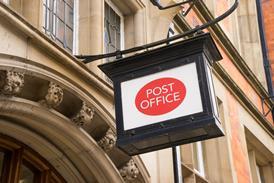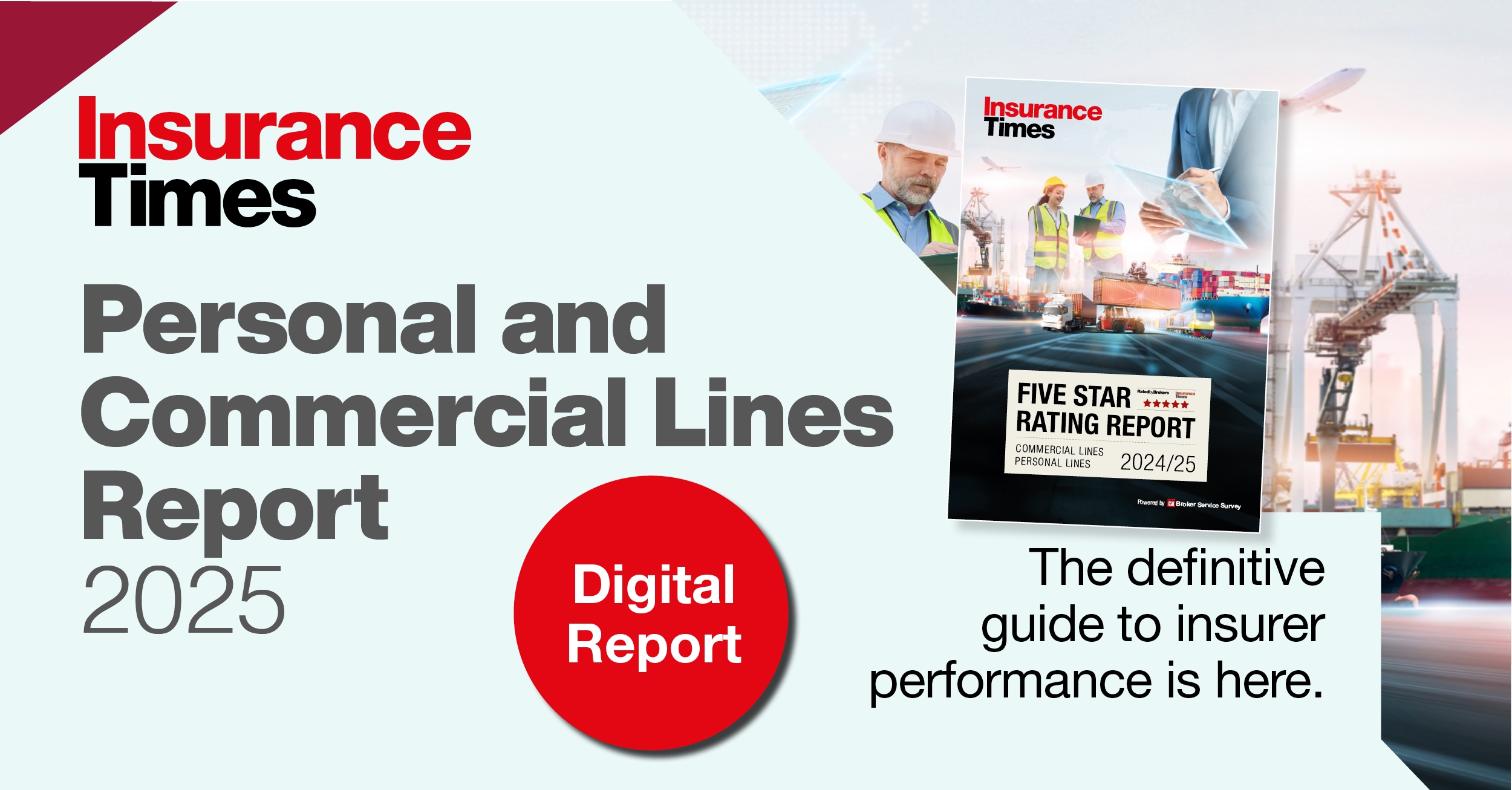Norwich Union's bold move to push up rates may stimulate the market to find ways to achieve underwriting profitability, and technology is poised to help out. Julian Cashen reports
The recent history of the motor market is of one that has been progressively softening since around 2003. Recent months have witnessed some significant increases in private car rates, sparked by the decision by Norwich Union (NU) to hike premiums by up to 40%.
This could be perceived as a strategy which will cost premium income and market share, given the power of the internet to source commodity cover like motor insurance. The average household spends more than £1,000 a year on home and motor insurance, but many policyholders could save a lot of money by shopping around when they renew. Just a few minutes a year could ensure that they have secured the best deal.
The rate of increase of the cheapest quote available is far less than the increase in the overall average price. But less than 20% of homeowners and only 50% of motorists do.
NU is happy to take advantage of this and in doing so it may also be delivering the stimulus that the motor market needs. There is now clear upward pressure on rates and the question is when will rates begin to rise across the board, and how radical the correction will be.
The fleet sector, however, has yet to see any rate increases of any substance, and from this point of view this may be an untypical market cycle. Usually fleet leads the motor market out of the doldrums, but on this occasion private motor market is showing the first unmistakable signs of upwards movement in rates.
Those who will be hit hardest by premium increases will be young drivers. Some providers now refuse outright to insure motorists aged under 21 because of the statistical likelihood of them being involved in a crash.
Only one in eight drivers is 25 or under, yet this group accounts for a quarter of all road fatalities, according to Brake, the national road safety body.
But we can expect to see more innovative approaches to arranging competitive motor premiums for younger drivers.
Late last year we saw the first signs of insurers taking a more flexible approach to this demographic. Back in August, More Th>n brought out DriveTime, a policy designed to encourage 18 to 25-year-olds not to drive between 11pm and 6am – when they are statistically most likely to have an accident.
With DriveTime, a box is fitted free under the dashboard. This uses satellite technology to track the time of day or night when the vehicle is being used. More Th>n says young drivers can save up to 40% if they don't go out at night. But if they use their car between 11pm and 6am, they will be charged an extra £25 fee.
Patterns of use
Norwich Union launched its own pay-as-you-drive insurance scheme, under which customers aged between 18 and 23 can have a GPS device installed to monitor each journey. The information is relayed to a central computer and a bill sent out every month based on patterns of use, including time of day, type of road and mileage. Bills are paid by direct debit.
These developments are driven by technology – and government policy. The government is becoming ever more keen to track the numbers and types of vehicles on the road for planning, forecasting and tax purposes.
In particular, it is eager to introduce national road pricing as a tool to manage
congestion. Road pricing is likely to require equipping a vehicle fleet with technology, known collectively as 'in-vehicle telematics'.
The growth in telematics technology will lead to a vast increase in the relevant and reliable information available to insurers, which could lead to dramatic changes in almost every part of the insurance process.
For example, insurers could use this new data to assess risk in new and more accurate ways, to set premiums differently, to respond in real time to accidents involving their customers and to revolutionise the claims process.
Claims costs are now a major issue. And reinsurance costs are increasing because the cost of major claims is escalating far more quickly than general inflation. The accepted figure is in the range 10% – 15%. And because smaller players need to buy more reinsurance they are disproportionately affected by this trend.
Much of the motor market is already in a false trading position with many insurers artificially improving their results by releasing reserves from their back years. This is a trick that can only be played in the short term. In the medium term the market may increasingly segment between very large players dealing with mass market business with strong marketing and heavy reliance on technology, and smaller specialists in the commercial sector differentiated by service levels and underwriting expertise.
In the near future, the new information available from telematics technology may enable insurers to move away from the traditional policyholder questionnaire and towards using actual determinants of risk, such as how and where the vehicle has been driven, at what times of day, under what traffic conditions, and by whom, or where it is parked during the day. In particular, driver behaviour and away-from-home parking locations are likely to become more relevant as a measure of exposure to risk.
Greater differentiation
New technologies will also bring the possibility of greater differentiation in pricing with more targeted insurance products, aimed at particular groups or usage patterns, for example offering discounts for avoiding peak hour and late night driving, or for driving or parking in particular locations. It also throws up the possibility of drivers that opt out of facing higher insurance premiums.
It would also mean insurers could be notified of an accident, or theft, much faster and more reliably, possibly within seconds of it happening. It should also be possible for insurers to be more closely involved in the immediate aftermath of an accident, either to investigate the cause, to be more closely involved in the recovery and/or repair of the vehicle.
Telematics services might also provide detailed information on the vehicle movements immediately prior to the accident and thus aid in the investigation of who was at fault for the accident. So there is a lot to be excited about and a lot for insurers and others to consider when it comes to premium pricing. IT
Julian Cashen is active underwriter at Jubilee Motor at Lloyd's




































